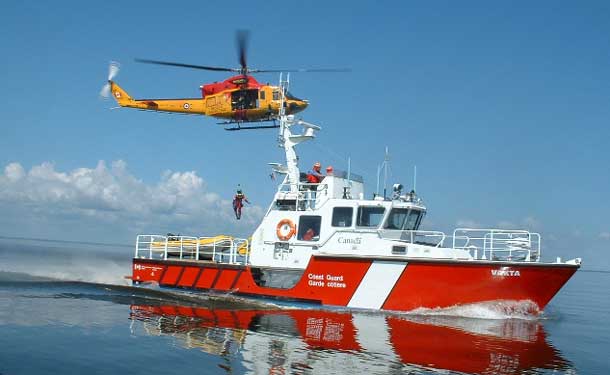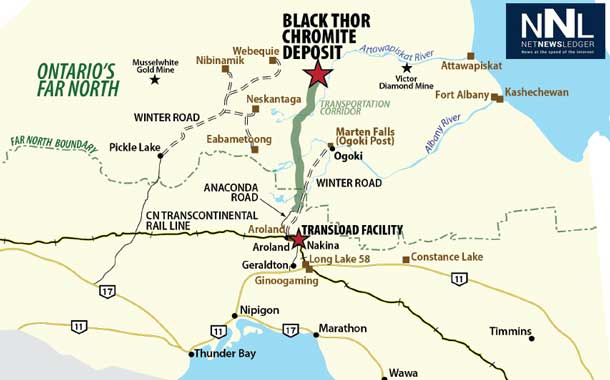
Drowning Deaths Preventable
THUNDER BAY – The number of drowning deaths across Canada are higher this summer than usual. The Canada Safety Council states that Drowning is the second leading cause of preventable death for children under 10 years of age, while children under the age of five are most at risk. Six per cent of all drowning deaths occurred in private pools.
High temperatures, persistent humidity and the ‘dog days of summer’ means more people are heading to the water to stay cool. It’s National Drowning Prevention Week and Ontario’s doctors want to remind those spending time in or near the water that lifejackets and parental supervision should be top of mind.
Jump in the Lake – But Don’t Drown
“Jumping in the lake or the pool is a great way to cool off, get a little exercise and have some fun,” states Dr. Scott Wooder. Kids love the water too, ensure they’re supervised and wearing lifejackets at all times. Even strong swimmers need to wear lifejackets on a watercraft. Summertime is meant to be enjoyed – just be sure you do it safely.” Wooder is the President of the Ontario Medical Association and makes the comments as National Drowning Prevention week starts in Canada.
Too Many Ontarians are Drowning
Every summer too many Ontarians drown in tragic and often preventable accidents on our lakes and waterways. What is more alarming is that drowning is the second leading cause of accidental death for children under the age of four.
Ontario’s doctors have six simple steps people can take to help protect children and themselves from drowning. Specifically:
i. Children playing near the water should be supervised by an adult at all times;
ii. Children under 5, and older children who are not strong swimmers, should wear a lifejacket when around water;
iii. Everyone should wear a lifejacket in a boat, canoe or other watercraft;
iv. Pool owners, especially those with young children or grandchildren, should install a 4-sided pool fence, which prevents access to the pool from the home;
v. Parents should be trained in CPR and rescue breathing, especially if they live near the water or have a pool; and
vi. Swimming lesson should be mandatory. Schools and community pools should offer lessons for free and all parents should ensure that their kids take learn to swim.
Drowning can often be prevented
Swimming Pool Safety Prevents Drowning Deaths

“Families with access to public or backyard swimming pools are often unfamiliar with structural vulnerabilities of the pool,” says Anthony Toderian, Manager, Corporate Affairs, CSA Group. “Before splashing away the summer heat, we encourage pool owners to take the necessary precautions to avoid any mishaps and advise parents, guardians and swimmers to be aware of CSA Group’s top ten tips for pool safety.”
POOL SAFETY
- Sound the alarm. A pool alarm sounds when it detects an object breaking the surface of the pool water. These should be used in combination with self-closing, self-latching gates for maximum safety.
- Lock-in safety measures. Barriers, like four-sided pool and pond fences, should be used to help prevent young children from gaining access to the pool or pond areas without a caregiver or designated supervisor knowing.
- Cover the basics. Ensure your pool, hot tub and whirlpool have anti-entrapment drain covers and a safety vacuum release system to automatically release suction and shut down the pump should entrapment occur. Covers should be certified by an accredited testing and certification organization.
- Tie back long hair and loose clothing. Powerful drains and pumps can easily catch long hair and loose clothing in the pool. The vacuum force from pool, hot tub and whirlpool drains are powerful enough to hold swimmers under water causing drowning, or can lead to significant injuries.
- Stay away from the drains. NEVER sit on a drain cover! Body parts such as fingers and toes near or over drain covers are easy targets for entrapment due to suction which can render even the most adept swimmers helpless. Submersion in water for even just a minute can cause serious harm to swimmers. In addition, poorly-made, non-functioning, defective or broken drain covers must be replaced.
- Keep afloat. Not everyone can or knows how to swim. When someone cannot swim safely on their own, make sure that the appropriate life jacket, water wings and other safety flotation device is worn.
- Not all that is covered is safe. Soft pool covers can increase the risk of drowning if a child steps onto the cover, slips underneath it and becomes trapped. Children can also drown in water that has collected on top of pool covers.
- Pump it. If you use a pool or spa cover, follow all instructions for their safe installation, use and maintenance. Always remove a cover completely before using the pool, and do not let standing water remain on top; pump it off.
- Drain unused water from in and around playspaces. The CSA standard for Children’s Playspaces and Equipment outlines the need for equipment to drain effectively so that water is not trapped or collected – forming a pool. Standing water creates a drowning hazard and can become a breeding ground for bacteria creating an additional public health related concern. Any broken or damaged splash pad equipment requires immediate attention to avoid an injury or drowning risk.
- Look for the certification mark. Ensure that all electrical pool parts (lights, pumps, heaters, etc.) are properly certified by an organization like CSA Group. Hot tubs and whirlpools should also be certified.
Related articles












